REVIEW – In an alternate version of the world, World War II was concluded with a disastrous plague unleashed by Germany that nearly devastated the world. However, the Soviet Union’s powerful robots fought back and created a semi-utopia with flying cities and robot servants. Players become P-3, an elite agent employed by the world’s leading robot scientist. Upon receiving a mission to investigate a silent Soviet research facility, P-3 discovers that the worker robots have gone mad, resulting in the massacre of the workers. The task at hand is to investigate the reasons behind the malfunctioning robots.
The plot of Atomic Heart is somewhat predictable, lacking character depth, and often veering towards obvious plot points that are easily anticipated. The game culminates in a final hour where a nonstop sequence of cut scenes and information dumps are presented with minimal gameplay in between. Although the concluding boss fight is impressive, it can only be experienced in the bad ending, a possible outcome for some players.
A game of constant quipping
Perhaps the most frustrating aspect of Atomic Heart is P-3’s tendency to constantly complain in a self-aware way. He whines every time a puzzle arises and makes snarky comments when he comes across locked doors or improbable keys, even complaining about entering optional areas referred to as “dungeons.” The development team was aiming for meta-humor, but the protagonist’s constant quipping drains much of the game’s energy, making it feel like he doesn’t even want to be playing it.
While the constant quipping can be amusing, it ultimately weakens the plot. Every situation is met with a joke, and the characters frequently comment on the absurdity of the world. As a result, it becomes challenging to take the game seriously when it tries to be genuine, detracting from some genuinely effective horror moments. Additionally, the game builds up to what appears to be sequel bait, further detracting from the game’s credibility.
Atomic Heart’s core gameplay heavily borrows from Bioshock, with the protagonist even referring to an underwater city complex as “a rapture.” The gameplay is standard FPS, with one hand holding guns and the other containing all the player’s powers in a glove. Players can use both hands at once, although certain actions like healing require both hands with specific upgrades.
Straightforward weaponry and familiar powers
In Atomic Heart, weapons are fairly standard with the usual assortment of pistols, shotguns, machine guns, and more, along with various melee weapons. Melee weapons and some guns utilize the player’s energy meter, with special attacks or shots from these weapons draining energy while melee attacks replenish it. This incentivizes players to switch between long-range shots and melee attacks. There are several types of melee weapons with different speed and strength stats, as well as special abilities, allowing for some customization.
Players gain access to various powers from their glove as soon as they reach the first shop, but they must defeat enemies to collect Neuromods in order to use them. Fortunately, Atomic Heart features a very generous refund system where players can get a full refund for any items they purchase from a shop, allowing them to switch between builds at any time.
The powers themselves are quite familiar. The default power is an electric shock that stuns enemies, which is always equipped on the glove. Kinesis, the power to grab and throw objects, is another basic function. Players can equip two additional abilities, such as freezing jets, shields, and mass telekinesis, without having to waste a slot on basic abilities.
Power system and enemy variety
Each glove power has its own cooldown, and there’s no mana bar. This design allows you to use the powers freely and pretty much anytime you like, making it feel like an integral part of your kit. Combining this feature with the ability to swap builds at will offers a lot of potential.
However, Atomic Heart has a problem with its gameplay. There’s a lack of enemy variety, and while there are some interesting boss fights, most of the game is spent battling one of three similar robots or zombies who fight in the same way. The enemies are entertaining enough to fight, but they lack challenges that force players out of their comfort zone.
The presence of overpowered weapons doesn’t help. For instance, one of the melee weapons is a chainsaw blade on a stick that can buzzsaw enemies with an upgrade. Once you acquire this weapon, nothing else can compare to the buzzsaw blades’ insane damage potential that can end every boss fight in seconds. Certain abilities are more effective than others, and the balance is uncomfortable enough that players may gravitate towards two or three specific items.
Fun Combat Struggles Under the Weight of Its Open World
Atomic Heart’s combat mechanics are satisfying and enjoyable, with a satisfying mix of shooting, dodging, and melee. The boss fights are particularly fun, with their platformer-style movement and dodging. However, the game starts to falter when players leave the first area and enter the open world. While the expanded game world is initially exciting, it soon becomes apparent that it’s filled with empty, monotonous tasks. The optional dungeons offer some upgrades for guns, but there’s little else of interest beyond identical areas and enemies.
One of the most frustrating aspects of the open world is that there’s no real way to speed things up. The cars you can use are flimsy and quickly become useless after bumping into anything. Running everywhere is faster, and it quickly becomes a chore to trek across the map to complete optional sections.
Overall, the open world detracts from the game’s fun combat. While the mechanics are strong, Atomic Heart’s length and focus on an empty open world ultimately hurt the experience.
Mixed Bag of Creativity and Disappointments
Atomic Heart is a visually stunning game with solid voice acting and an excellent soundtrack that runs smoothly on multiple platforms. The game’s strengths include the boss fights and set pieces, which are pretty cool and enjoyable. However, everything in between them feels like busywork, making the game longer without adding any real value. The optional dungeons lack the excitement and intrigue of great rewards, leaving little incentive to explore them. If the game had focused more on its strengths and abandoned the open-world aspect, it would have been a much better game.
The gameplay and combat in Atomic Heart are fun, with a good rhythm to dodging, smacking, and shooting, and the various powers of the glove adding to the excitement. However, there isn’t much enemy variety, and the overpowered weapons make the game feel unbalanced. Additionally, P-3’s constant quipping, while at times fun, can undermine the plot and horror aspects of the game.
Overall, Atomic Heart is a good game, but it lacks confidence, with a halfhearted plot and gameplay features that feel like they were added to check a box. The creativity and flair are apparent, but the game spends too much time in the doldrums to reach excellence. Atomic Heart is an impressive visual and auditory experience, but it struggles to stand out among other great games.
-BadSector-
Pro:
+ Great universe, great boss fights
+ Visually stunning environments and character models
+ Solid voice acting and amazing music
Contra:
– Repetitive and weak gameplay
– Idealess plot and boring characters
– Open world areas just seem like a waste of time
Publisher: Mundfish
Developer: Mundfish
Style: Action, RPG
Release: February 21, 2023.
Atomic Heart
Gameplay - 6.8
Graphics - 8.6
Story - 6.5
Music/Audio - 8.4
Ambience - 7.4
7.5
GOOD
Atomic Heart is a game that boasts impressive visuals, sound, and creative design. However, its open-world map, lackluster optional dungeons, and gameplay features that seem like they were there just to check a box leave the game feeling like too little butter spread over too much toast. While there are enjoyable moments, Atomic Heart ultimately falls short of excellence due to its lack of focus and confidence.

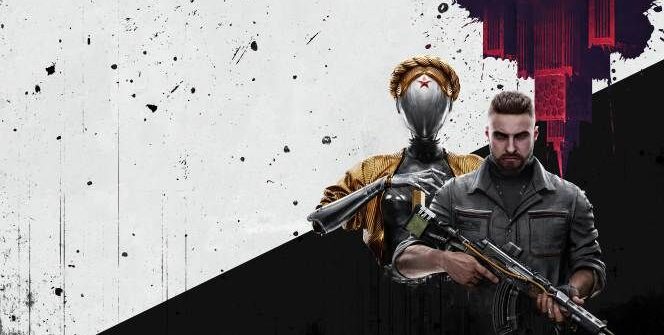
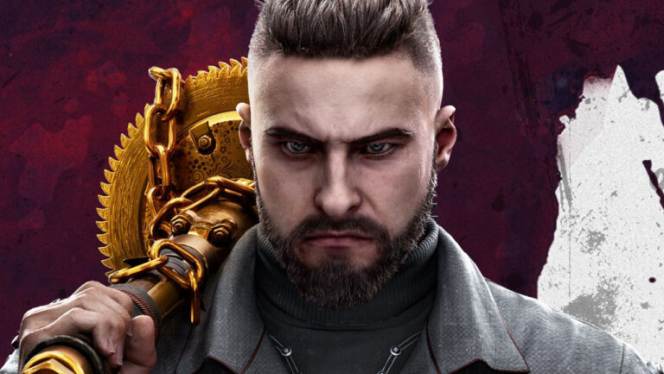
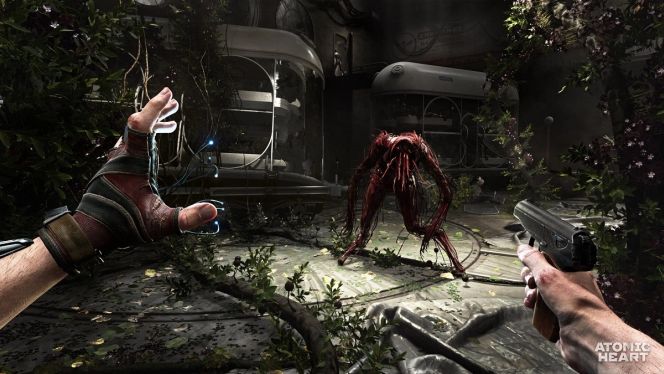
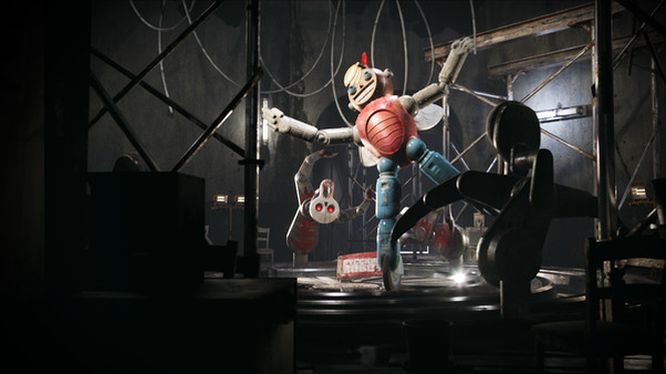
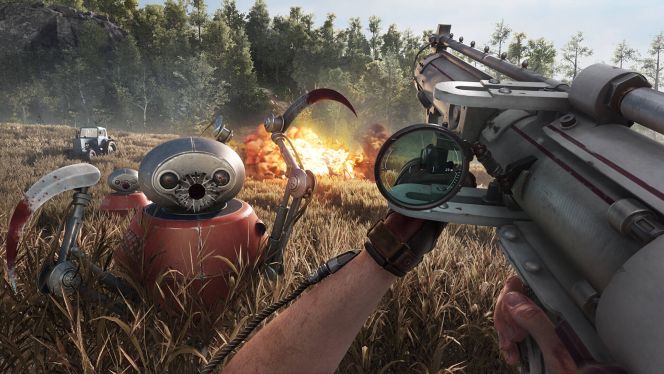
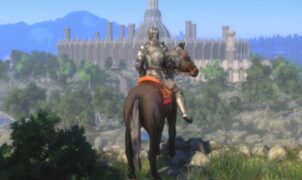
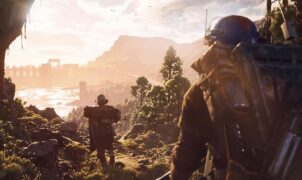
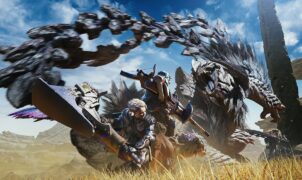



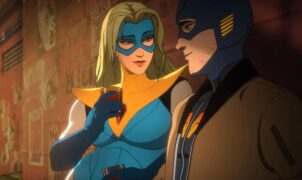

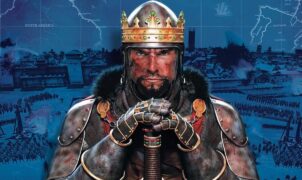
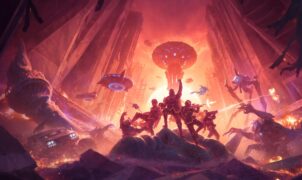
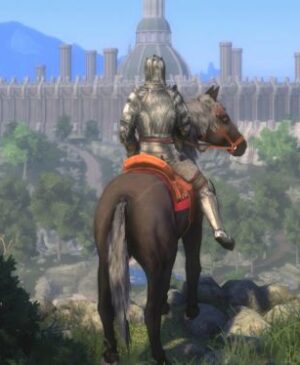



Leave a Reply